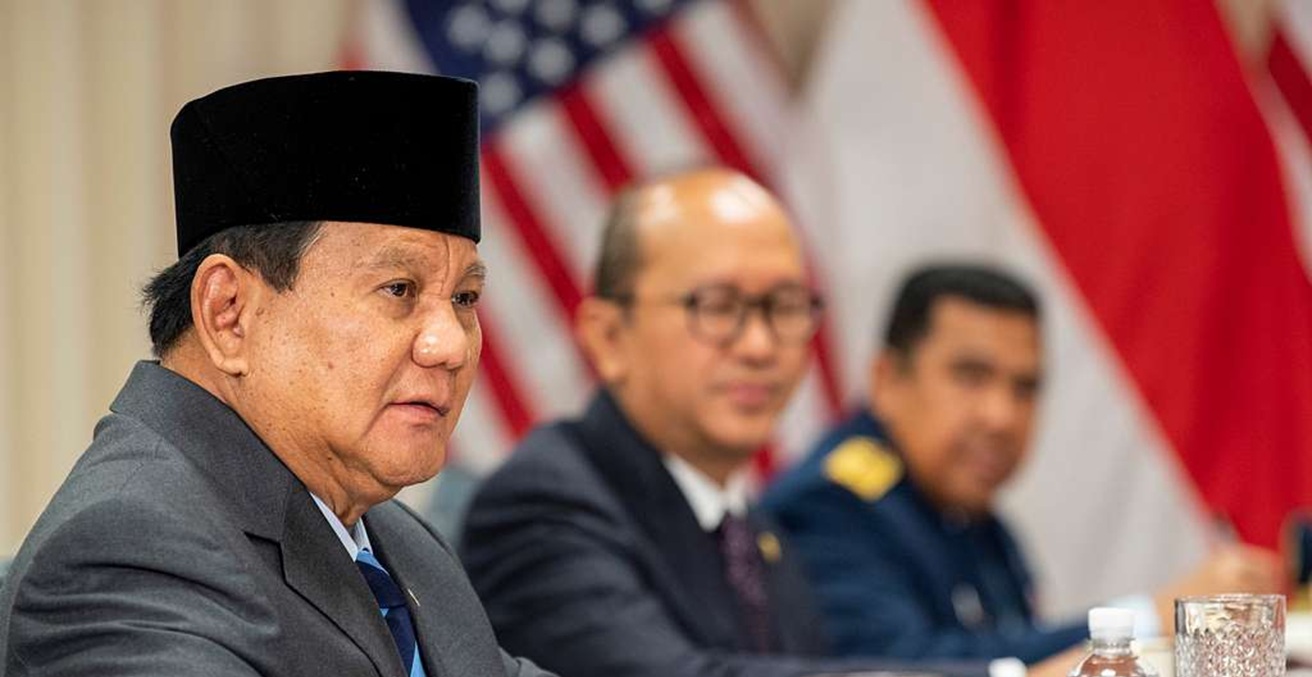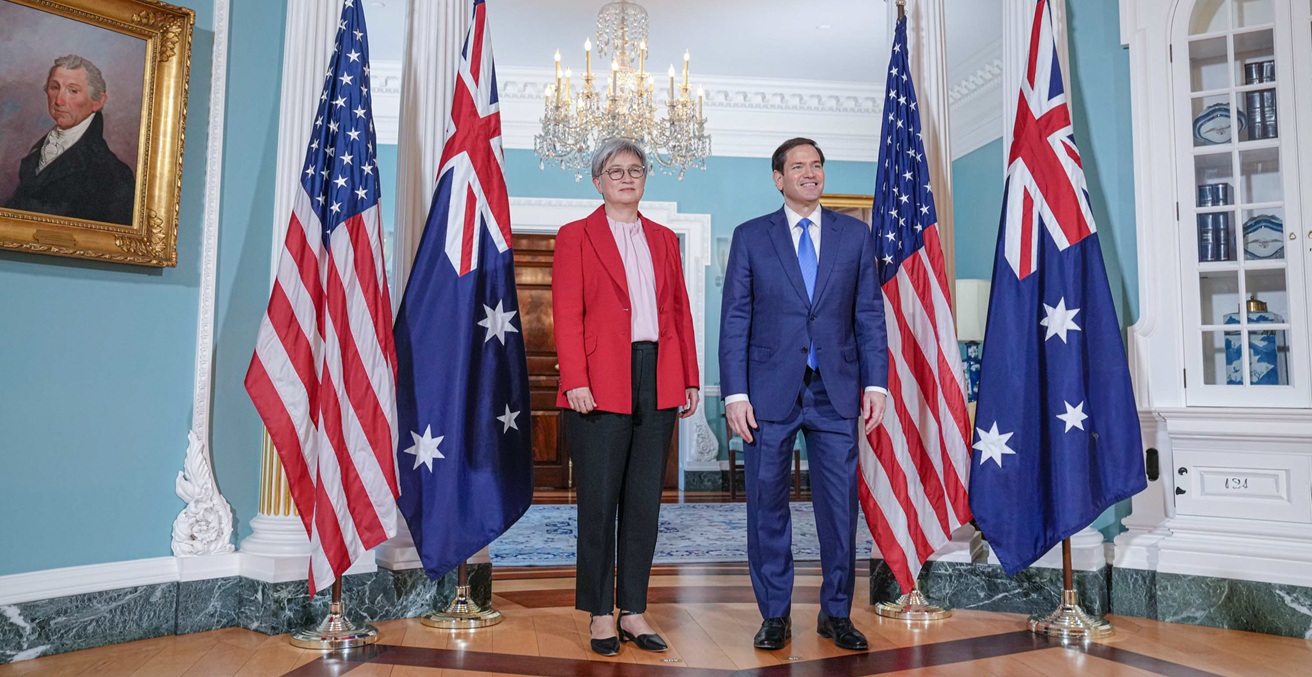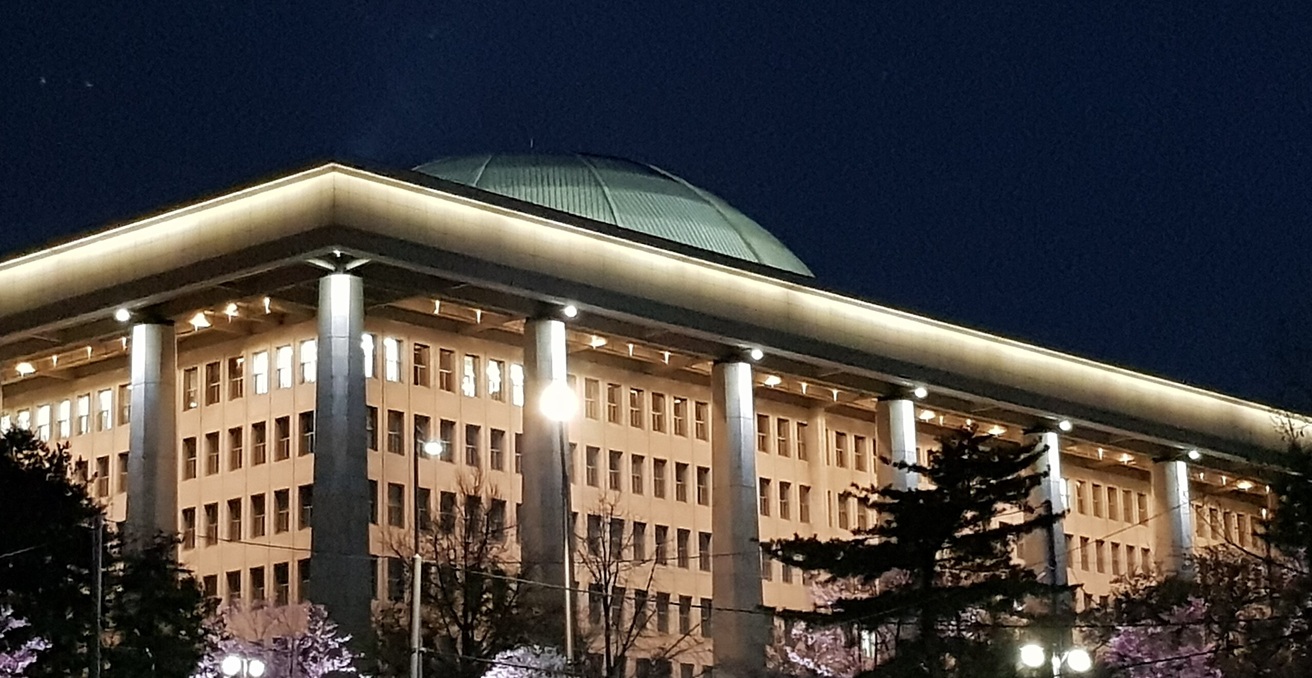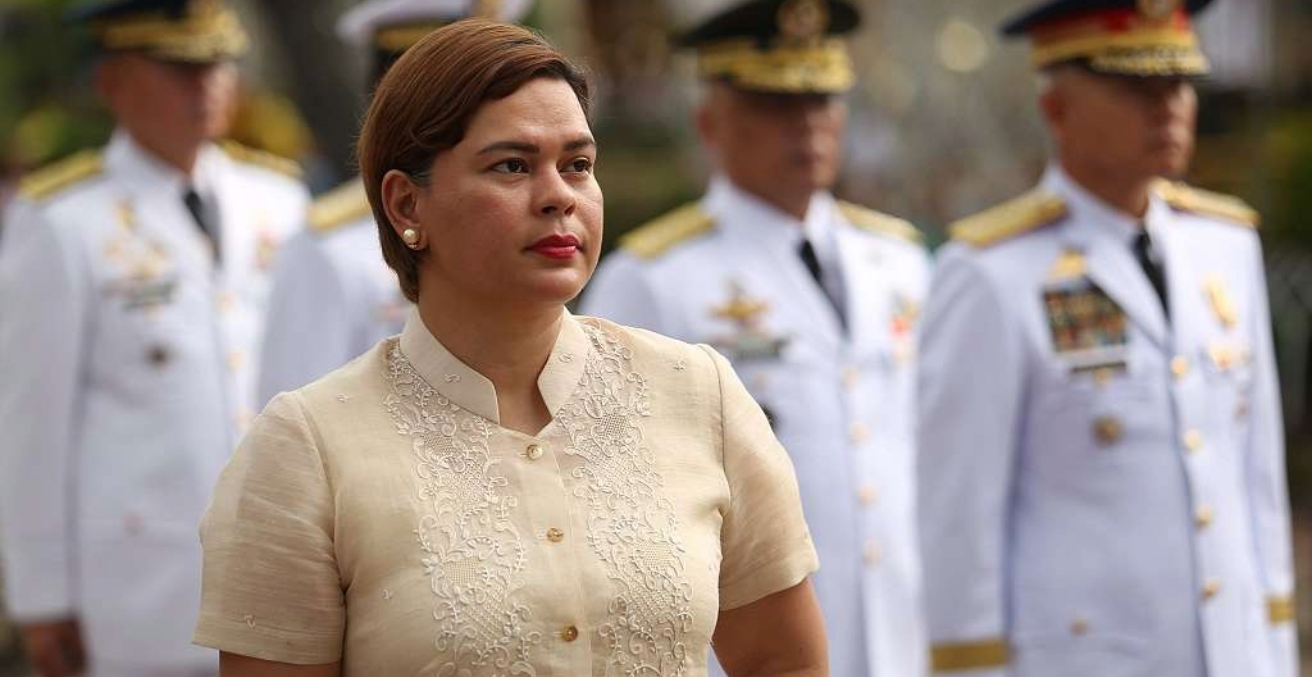The Islamic State’s conquest of Mosul left behind a brutal legacy and uncertain future. A decade on, Iraq and the international community will need to prepare for the potential resurgence of the Islamic State or the emergence of a new, more violent terrorist network.
Ten years ago, a terrorist group that referred to themselves as simply the “Islamic State” (IS) swept into the northern Iraqi city of Mosul. A few days later they had conquered the city and declared the creation of a new Caliphate that spread across much of both Syria and Iraq.
What followed was a devastating wave of human suffering. It included the slaughter of thousands of innocent civilians, the forced conversion of non-Muslims to Islam, the kidnapping of thousands of women who were taken into sexual slavery, the destruction of precious heritage sites, and the forced displacement of hundreds of thousands of people who fled for their lives.
The horrors unleashed by the IS saw an unlikely alliance emerge between the Iraqi military and Iran-backed Shia militias—with weapons, training, and aerial support provided by the US and its key allies, including Australia. The IS were ultimately defeated and ousted from Mosul in July 2017.
Now, a decade on from the IS conquest, it is timely to reflect on the complex and difficult legacies left behind by the brutality of the terrorist group, and to ask what the future holds for the people of Mosul and whether the IS are likely to return.
Human Trauma
The first significant legacy left behind by the IS are the deep emotional scars held by those who suffered most acutely at their hands. In my research, I have met and interviewed many people who were either direct victims or eyewitnesses to the destruction unleashed by the terrorist organisation. Among the many tragic stories, I recall meeting with members of the Yezidi minority who were actively persecuted by the IS as part of a broader genocidal campaign.
For one Yezidi woman I met, the legacy of the IS continued to haunt her years later as she struggled to come to terms with the trauma of her narrow escape, the loss of friends and family to IS violence, the difficulty in maintaining her religious faith and sense of personal dignity, and the challenge of raising a family inside a refugee camp.
Among the many significant challenges facing Mosul today it is not just the physical rebuilding of a devastated city, but the even more difficult task of healing the deeply psychological and completely invisible wounds of war.
Deepening Sectarian Divides
Another consequence of the IS conquest of Mosul has been the deepening of sectarian divides between Iraq’s Sunni and Shia communities.
Of course, the expansion of the IS happened in an already tense sectarian environment that had been triggered by the events of the 2003 Iraq war. The IS capitalised on the fact that many Sunni’s felt marginalised by Iraq’s post-2003 political arrangement which led to the rise of a Shia-dominated government. The tension escalated dramatically when IS threatened to topple the government and actively persecuted many Shia communities.
As I have shown in some of my research, the leaders of Iraq’s Shia community used the IS threat to recruit, arm, and indoctrinate tens of thousands of young men who then surged north to fight the IS under Shia flags, chanting sectarian songs. They then went on to conduct reprisal attacks on innocent Sunni civilians who were seen as complicit in the atrocities of the IS.
Today, many of the same Shia leaders and militiamen continue to wield a significant stronghold over Iraqi politics—meaning that sectarian tensions continue and could escalate at any time.
Youth Bulge
Another important legacy of IS rule is that it has triggered a youth bulge in Iraq, and in Mosul in particular. In a recent representative survey my colleagues and I conducted in Mosul, we found that 57 percent of the adult population was aged between 18-29, meaning that the city (and the rest of Iraq) has one of the youngest populations anywhere in the world.
We also found that only 52 percent of the adult population had completed high school education and 75 percent were not currently employed. This demographic reality presents a significant challenge to the future of Mosul. The lack of economic opportunities, inadequate educational systems, and high unemployment rates have left many young Iraqis disillusioned and vulnerable to radicalisation.
International Abandonment
Another major problem is that since the IS was defeated in 2017, the “West” has had limited interest in, or impact on, events in Iraq. The Covid-19 pandemic, the global economic slowdown, and the ongoing wars in the Ukraine and Gaza have meant that few western governments maintain a strong presence in, or commitment to, Mosul.
The reconstruction of Mosul requires significant investment in rebuilding infrastructure, restoring public services, and fostering economic development. While some meaningful progress has been made along these lines, such as UNESCO’s ambitious project to “Revive the Spirit of Mosul,” the majority of people we surveyed would prefer to see domestic control over the future reconstruction of their city instead of top-down projects led by foreign agencies and western governments.
So, getting the balance right between abandoning Mosul and subjecting it to well meaning but foreign-led development is important. Actively engaging the local population in any reconstruction is vital.
Islamic State 2.0
However, perhaps the most troubling legacy of IS rule in Mosul is that it may have inadvertently paved the way for the emergence of a new—and perhaps even more violent—terrorist network to emerge. The very conditions that facilitated the rise of the IS—years of human suffering, deepening communal divides, a young population with limited opportunities, and a complex relationship with foreign agendas—are all arguably more heightened today.
And while the territorial caliphate has been dismantled, the ideology of the IS persists. The group’s decentralised structure and ability to inspire affiliate groups, such as Boko Haram and ISIS-K, ensure that its legacy endures. Recent IS affiliated or inspired attacks—whether they be in Moscow or the suburbs of Sydney—point to the very real threat of jihadist terrorism today. And people in countries like Iraq and Syria are likely to bear the brunt of any such resurgence in IS activity.
To address these many challenges and to avoid the rise of an IS 2.0 there is much that can and should be done by both the Iraqi government and the international community—including Australia. For example, a renewed effort ought to be made to acknowledge and then heal the complex and deeply personal traumas left behind in the wake of the IS. More broadly, much can be done to help foster a new sense of national unity and solidarity, irrespective of ethnic or religious backgrounds. And Iraq urgently needs investment in quality education and in the provision of meaningful employment for the country’s youth.
All of this must be done via a complicated partnership between Iraqi stakeholders and international agencies—one that genuinely fosters grass-roots development and local agency, enabling Iraqis to take control of their future. So, as we commemorate the ten-year anniversary of the IS conquest of Mosul, and remember the victims of their reign of terror, we must also look to the future. To stave off the risk of a resurgent IS or the emergence of something even more sinister is urgent and has significant implications for international security, including for Australia.
Benjamin Isakhan is Professor of Politics and Policy Studies at Deakin University and Adjunct Senior Research Associate at the Department of Politics and International Relations at the University of Johannesburg, South Africa.
This article is published under a Creative Commons License and may be republished with attribution.




